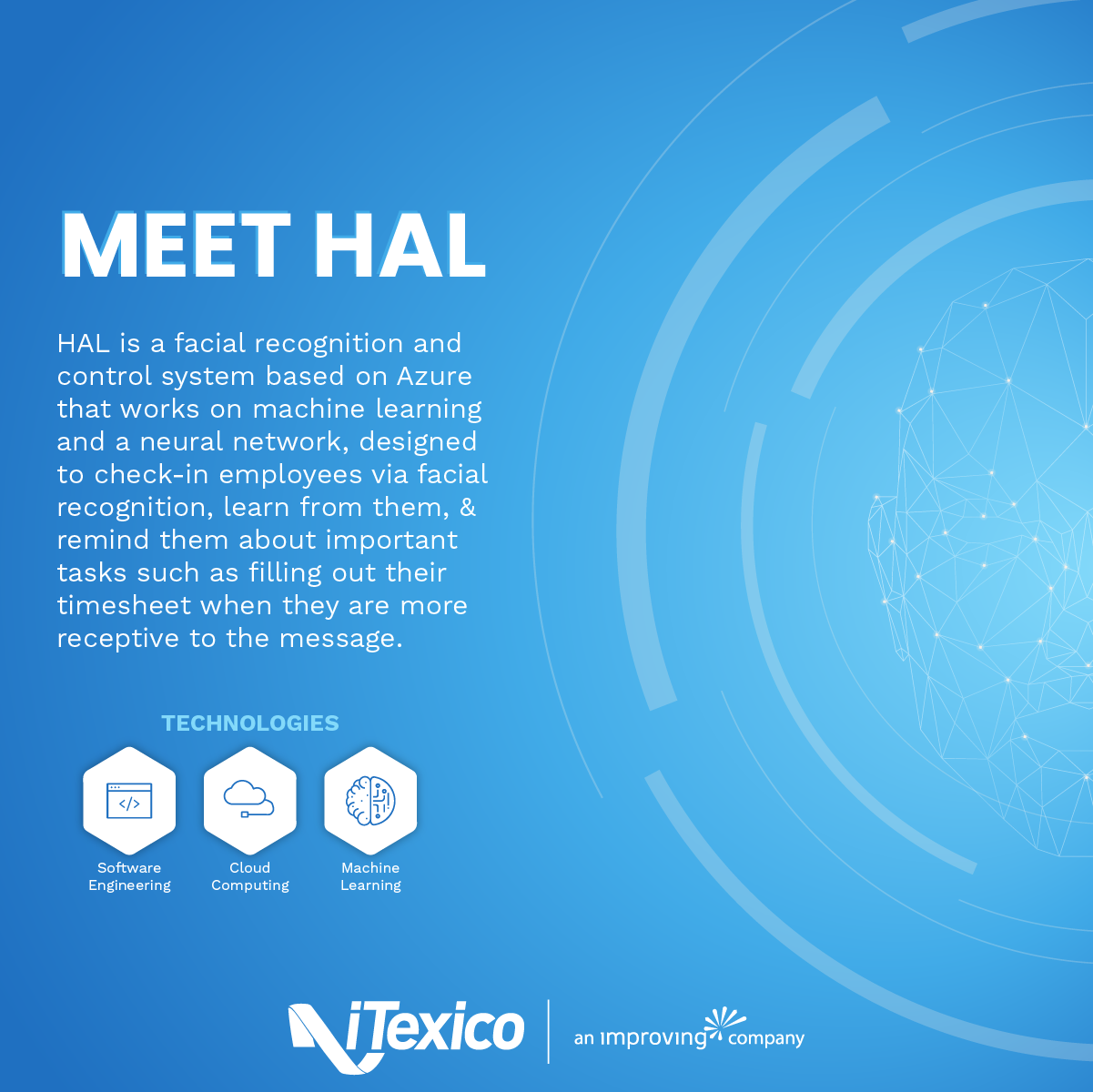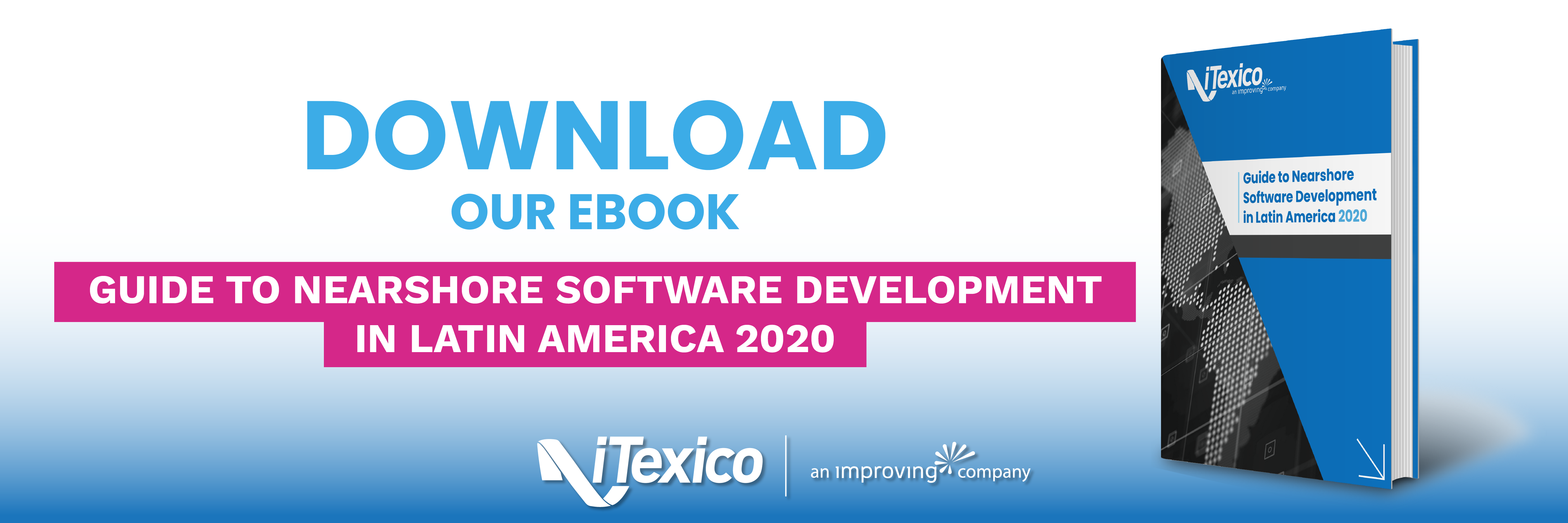Machine Learning Applications: AI Virtual Assistants Helping Business Continuity
Needless to say, it’s been a memorable year. The restrictions imposed on the global populace have presented new working experiences that haven’t been seen for a century. The market has been forced to adapt to an entirely novel set of circumstances with solutions that would have been impossible in past decades. As harsh as 2020 has been, innovation prospers under pressure.
The challenges that 2020 has set provided fuel for the fire, accelerating applications of artificial intelligence across every field. Virtual assistants supported by machine learning, in particular, have experienced a tremendous uptick in usage as a response to the tremendous workload thrust upon a suddenly remote working landscape.
Overnight, individuals and businesses alike had to adapt to a remote environment, as well as a new way of work. For many organizations this transition was difficult terrain, but it’s served as a hard earned lesson with how business must be conducted in the future. In order to ensure business continuity, these entities have adopted and leveraged new technologies in innovative, original ways that wouldn’t have been imagined before the start of the year.
The lesson that’s left the greatest impact, above all else, is that remote work is here to stay. 74% of companies plan to permanently shift to more remote work after 2020, pandemic or no pandemic. Taking advantage of what remote work has to offer, however, needs more technological support than what is currently in place to ensure enhanced crisis response and remote transition going forward. Conversational AI applications have helped businesses ensure great customer service, as well as employee productivity and engagement.
What Are Virtual Assistants?
Gartner defines virtual assistants as AI applications that help users or enterprises with a set of tasks previously only made possible by humans. Strictly speaking, they’re artificial intelligence programs designed to supplement and support the average worker’s productivity, leading to simplification of menial tasks and procurement of valuable data.
Virtual assistants are built with machine and deep learning technologies (prediction models, natural language processing, personalization, etc.) to assist people and automate tasks. Utilizing a program that grows as it learns streamlines workflow while prioritizing employee-conducive processes. This way, VAs can listen to and observe behaviors, allowing them to predict and recommend optimal courses of action.
Benefits of AI Virtual Assistants
As we move forward into a remote work heavy era, integrating a new work structure into the established economic matrix will take some time to fully adapt to. Leveraging AI technologies in the form of AI virtual assistants is proving to be a vital asset for facilitating tasks in the current remote reality. Taking advantage of it involves several distinct benefits for driving productivity.
Reduced Costs
Cost-effectiveness, now and always, is a number one priority when determining best business practices. The pandemic has caused major upheaval in the business sector, interrupting business continuity in all sectors that weren’t prepared for the massive shift to remote work. Ensuring business continuity is intertwined with implementing cost effective strategies.
Virtual assistants can offer the same results as humans for certain tasks, but at a fraction of the cost. According to IBM, call computerization solutions (combining machine learning and advanced speech recognition) can offer between 60% and 80% of cost savings over outsourcing employees for call centers. While technology may never be the perfect substitute for flesh and blood people, taking advantage of their services to address, consult, delegate, and streamline calls provides valuable efficiency channels for the average business model.
More so, leveraging virtual assistants allows you to scale up teams without the need to involve HR with their specific training and retention costs. With AI handling a new share of the workload, your revenue flow can increase without sacrificing the costs involved with scaling teams and hiring new employees. Your company is free to grow without training new personnel to compensate for the scale.
Improved Customer Experience
While everyone prefers talking to a human over the phone, only so much can be done at one time. With a limited amount of individuals to address an onslaught of calls in a regular workplace setting, not even considering the impact that remote work has, getting to and addressing every complaint, request, and question means long wait times and dissatisfied customers.
Now, with the communal office space removed from the equation, some customer support teams have had to work remotely 100%. A workload that’s strenuous under normal circumstances is difficult enough, whereas remote working could make maintaining efficiency and times of contact center operations challenging to say the least.
Implementing AI solutions have been able to ensure a positive customer experience amidst the crisis. Callers can be addressed in a timely manner with AI virtual assistants that are available 24/7 to support requests and resolve routine questions with no need for human intervention. This not only solves the immediate problems, but helps foster brand loyalty and engagement in the long run.
Implementing machine learning applications like virtual assistants means automating customer care tasks and reserving your human workforce for intensive issues that require the human element. This streamlined process provides the ability to massively scale up support in a short amount of time.
Increased Employee Productivity and Engagement
The bulk of your average employee’s workday isn’t taken up by valuable work hours and actions that grow your company’s image, production, and revenue stream. The daily minutiae fills their time slots, slowing productivity and engaging them in tedium that neglects their skills and puts the breaks on their workflow. These are tasks that, with the advent and application of AI, don’t require the human element to resolve.
AI virtual assistants can independently solve problems and make proactive suggestions for employees and reduce menial tasks that would otherwise take much of their time. It can calculate an individual’s workload, remind them of meetings and tasks, suggest them when to take a break, and so on, so forth. The inclusion of an assistant is directly proportional to the effectiveness and proper application of an employee's potential worth.
Ultimately, the virtual assistant will help an individual to organize their work or tasks to keep them productive. In the meantime, they may also begin to take on some monotonous and repetitive tasks while also understanding their personal capabilities. The foundation for expansion through artificial intelligence means that the grunt work can be handled by technology while the actionable, important objectives can be pursued by the employees.
Let’s take, for instance, our HAL case study. HAL is an example of machine learning applied to a virtual assistant that works as a touchless employee attendance and control system. The problem was simple: iTexico’s employees weren’t filling in their timesheets on time. This is nothing more than human error, but it meant that iTexico wasn’t able to send invoices to their clients in time. This wrench in the works impacted company productivity and needed to be addressed.
Once HAL was implemented, marked improvements became evident in the workforce.
- Increased productivity with a 93% monthly reduction of attrition.
- 94% of employees became promoters.
- 72% of employees filled their timesheets on time.
The machine learning application itself wasn’t a grandiose alteration to the makeup of the workplace, nor did it need to be. The essential concept of an AI virtual assistant is not to replace your employees, rather it is to enhance their performance through support, time management, and assistance with menial tasks. The potential methods for which it may be applied are virtually endless, while the benefits can be expansive.
Conclusion
2020 is a milestone year in the history of business practices. It’s forced the world at large to contend with a crisis that challenged traditional work methods, driving innovation in the wake of groundbreaking events. Things aren’t going to go back to the way they were, and in reality they shouldn’t.
AI virtual assistants are only one example of technological advancements that have proven to be invaluable in instrumenting the remote work transition. Making the adjustments to compensate for the massive fluctuations in your average workplace hasn’t been simple, but with machine learning applications they’ve been made a bit easier. With AI to handle the gruntwork, businesses have been able to reduce costs, improve customer experiences, and increase employee productivity and engagement.
Improving has been a proponent of the beneficial applications of AI for years. iTexico, now a subsidiary of our IT family, has already demonstrated the effects of AI through their own virtual assistant, HAL. If you’re interested in learning more about what Improving can offer in the AI field, feel free to get in contact with us.




Post Your Comment Here